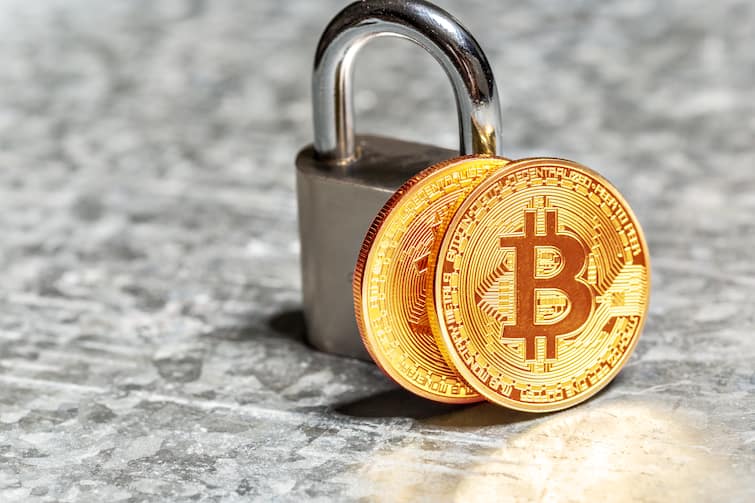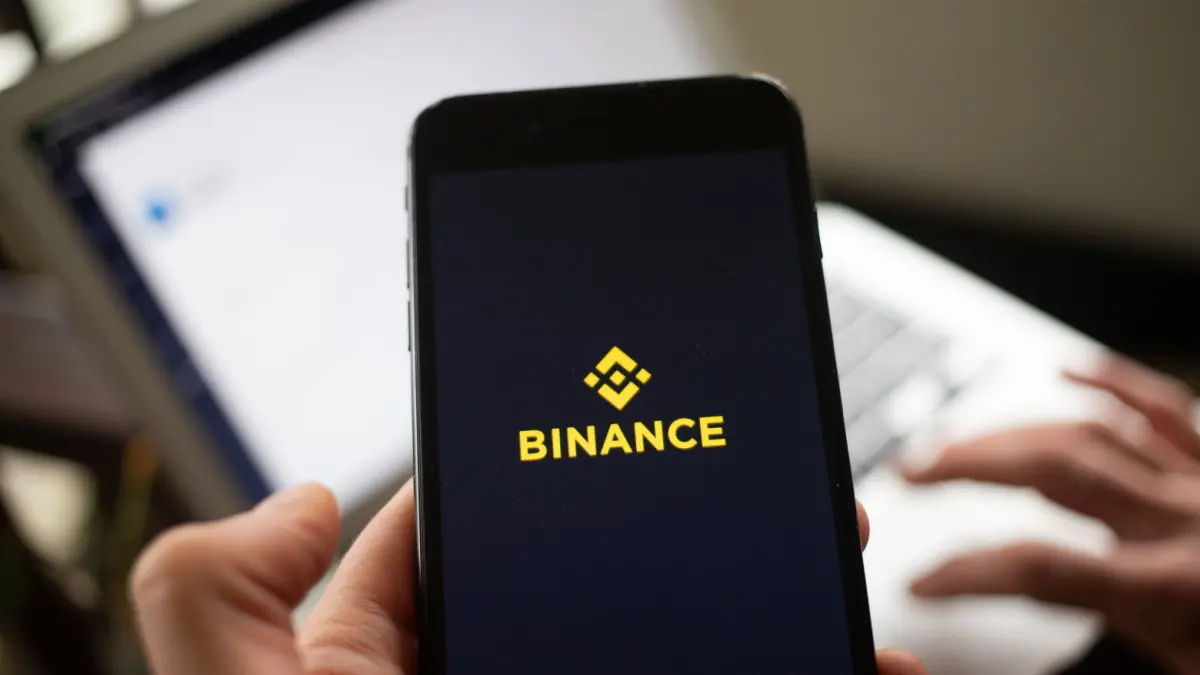In the evolving landscape of cryptocurrency, the recent events surrounding WazirX, one of India’s largest crypto exchanges, serve as a cautionary tale for digital investors. In July 2024, the platform faced a significant breach, resulting in a staggering loss of nearly $235 million, equivalent to around Rs 2,000 crore, affecting approximately 15 million users. This incident has brought to light critical concerns regarding custody and ownership in the world of digital assets.
The Lessons from WazirX’s Breach
The breach at WazirX is not an isolated incident. It mirrors a disturbing trend of security failures within the cryptocurrency sector. High-profile hacks, like those of Mt. Gox in 2014 and FTX in 2022, reveal a consistent vulnerability in custodial platforms.
Mt. Gox, once the leading Bitcoin exchange, lost hundreds of thousands of bitcoins due to hacks, leaving customers in limbo for years. Similarly, FTX, with its significant mismanagement of $8 billion in customer deposits, exposed the fragility of even the most prominent exchanges. These events emphasize the need for investors to prioritize the security of their digital assets.
Understanding Custody and Control
The heart of the issue lies in the concept of custody—the control of private keys. In cryptocurrency, the private key acts as a secure code that verifies ownership. Those using custodial wallets rely on third parties, such as exchanges, to hold these keys. While this arrangement is convenient and allows for password recovery and customer support, it introduces a layer of risk. Users are effectively entrusting their wealth to another party.
In contrast, non-custodial wallets grant individuals complete control. However, with this autonomy comes the heavy burden of responsibility; if users lose their keys or recovery phrases, accessing their assets becomes impossible.
Strategies for Safe Investing
For those venturing into cryptocurrency, adopting practical safety measures is paramount. One of the best ways to protect long-term investments is through cold storage solutions. Cold wallets, such as hardware devices, are not connected to the internet, making them resistant to online threats.
Additionally, implementing Two-Factor Authentication (2FA) can significantly increase security. This requires a second verification step when accessing accounts, like an app-generated code. It acts as an extra lock on your digital doors.
Guarding Your Assets
For users with non-custodial wallets, safeguarding seed phrases is vital. These phrases are the sole means to access funds; mishandling them can lead to catastrophic losses. Securely backing them up—physically rather than digitally—is crucial.
Moreover, diversifying holdings across multiple wallets and assets reduces potential risks. Instead of placing all resources in one coin, a mix of different tokens can better hedge against market volatility.
The Call for a Security Mindset
Crypto safety is not merely a task to complete; it’s a mindset that should permeate all activities. Basic measures—like using strong passwords, avoiding phishing scams, and staying updated on device security—are essential practices for any investor. Recognizing the signs of platform instability and acting swiftly is also crucial in this dynamic environment.
Embracing Financial Independence
The fundamental appeal of cryptocurrency lies in its promise of sovereignty. By mastering self-custody, investors can protect their wealth while embracing a decentralized financial philosophy. After all, in a world where trust in third parties can lead to devastating losses, individuals must take charge of their financial futures.
Ultimately, the recent WazirX breach emphasizes the importance of vigilance in cryptocurrency investments. By implementing smart security practices, investors can not only survive but thrive in this ever-changing digital frontier.



